Author:Baby & Adult Diaper Materials FROM:Diaper Materials Manufacturer TIME:2023-07-19
The use of laminated non-woven materials in diaper production is becoming increasingly popular due to their superior functionality and performance. Laminated non-woven fabrics are created by bonding multiple layers of non-woven fabric together to enhance their properties and provide a barrier against liquids and other substances. This article aims to provide essential information on laminated non-woven for diaper production, highlighting its benefits, manufacturing process, and applications.
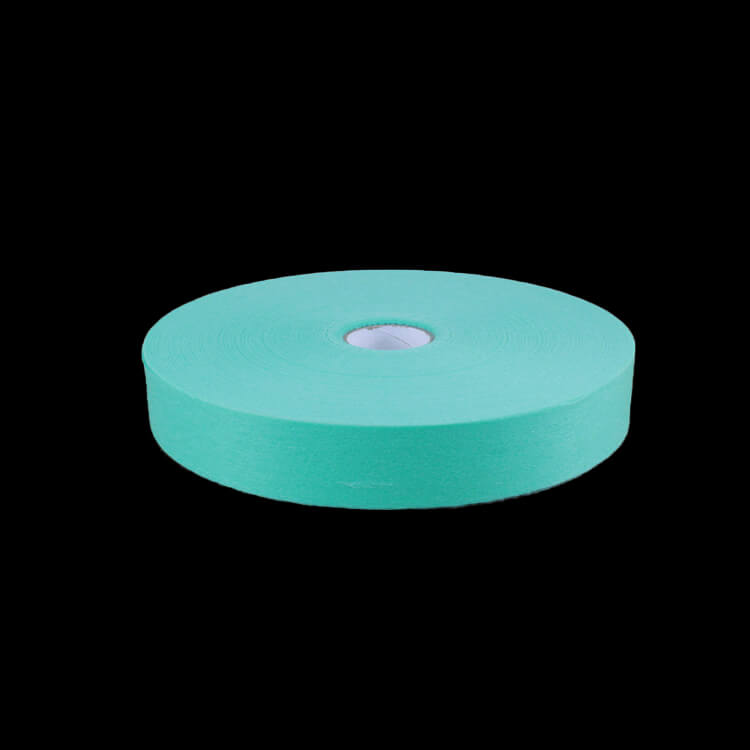
Laminated non-woven fabrics offer several advantages that make them an ideal choice for diaper production. Firstly, they provide excellent liquid repellency, preventing leakage and keeping the baby dry. This is achieved through the lamination process, which creates a waterproof barrier. Secondly, laminated non-woven materials have good breathability, allowing air circulation and reducing the risk of skin irritation. Additionally, they are lightweight and comfortable, ensuring ease of movement for the baby. Lastly, laminated non-woven fabrics are cost-effective, making them a practical solution for diaper manufacturers.
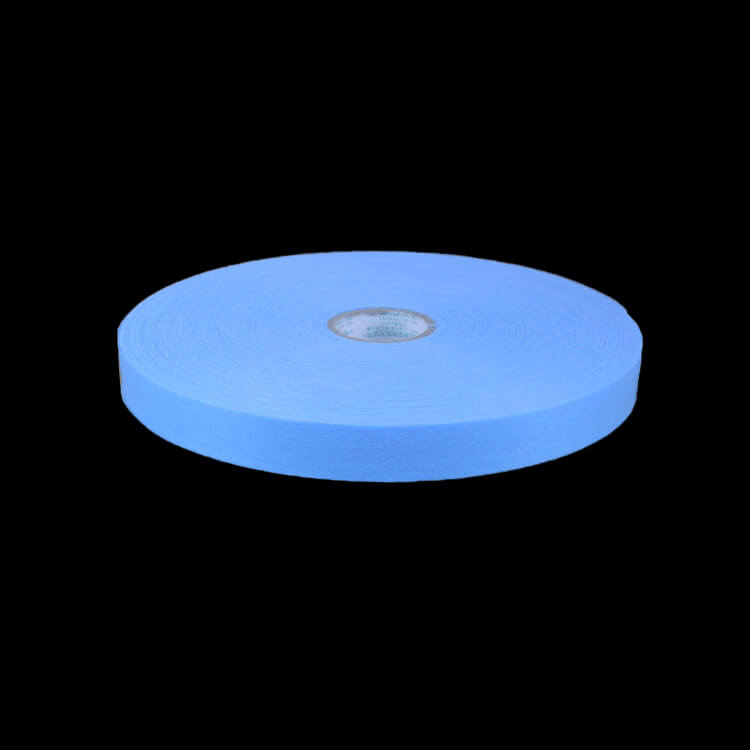
The manufacturing process of laminated non-woven involves several steps to create a durable and functional material. First, multiple layers of non-woven fabric are selected, depending on the desired properties of the final product. These layers can be made from polypropylene, polyester, or other synthetic fibers. Next, the chosen layers are combined using adhesives or heat bonding techniques. Adhesives are applied evenly between the layers to ensure proper bonding, while heat bonding involves the application of heat and pressure to melt the fibers together. After the bonding process, the laminated non-woven fabric undergoes finishing treatments such as calendering or embossing to enhance its appearance and texture.

Laminated non-woven materials find extensive use in various aspects of diaper production. They are commonly used as the backsheet, which is the outermost layer of the diaper that provides a waterproof barrier. The liquid repellency of laminated non-woven fabrics ensures that the diaper remains dry even when it comes into contact with urine or other fluids. Additionally, laminated non-woven can be used as the topsheet, which is the layer that comes in direct contact with the baby's skin. The breathability of laminated non-woven allows moisture to evaporate, reducing the risk of diaper rash and discomfort. Furthermore, laminated non-woven can also be employed as leg cuffs or side panels, providing a snug fit and preventing leakage.
In conclusion, laminated non-woven materials offer numerous benefits for diaper production, including excellent liquid repellency, breathability, comfort, and cost-effectiveness. The manufacturing process involves bonding multiple layers of non-woven fabric using adhesives or heat, followed by finishing treatments. These materials are widely used as backsheet, topsheet, and other components in diapers, providing superior performance and comfort for babies. With their exceptional properties and versatility, laminated non-woven fabrics are expected to continue playing a vital role in the diaper industry.
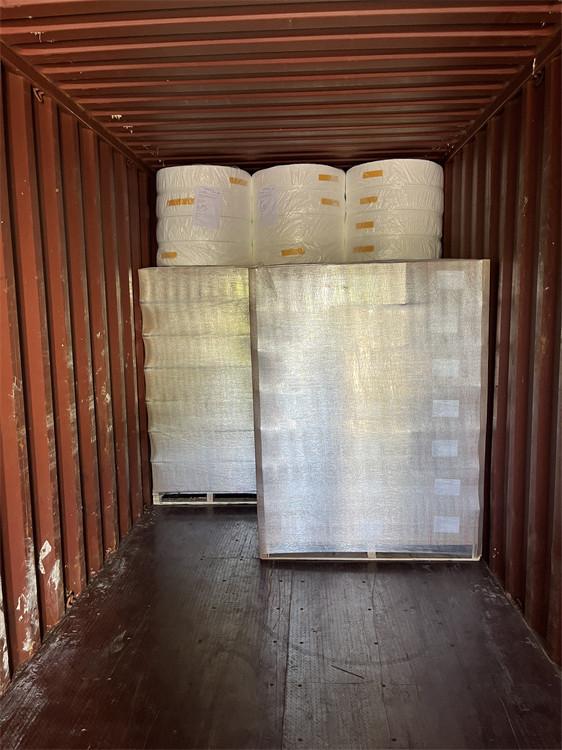
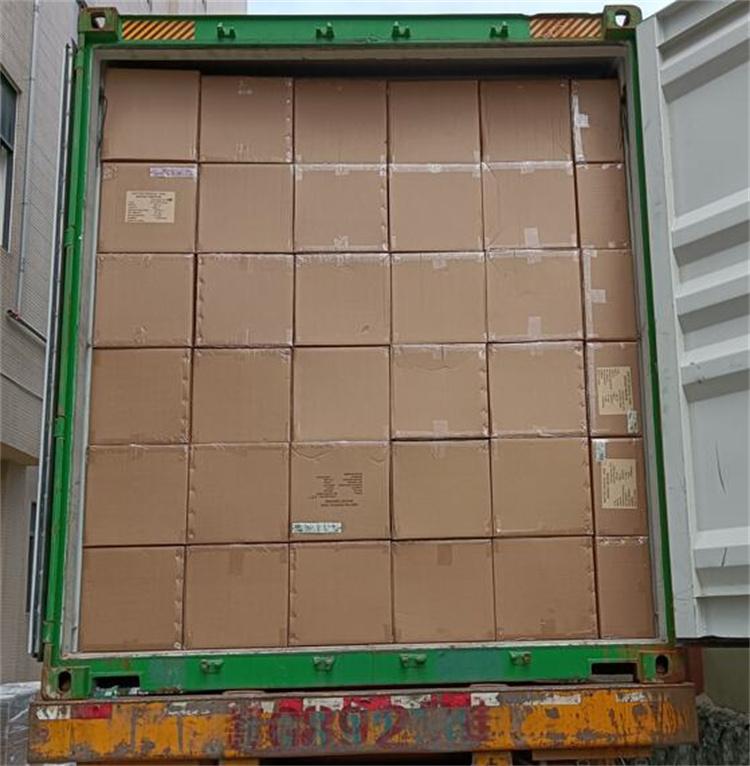
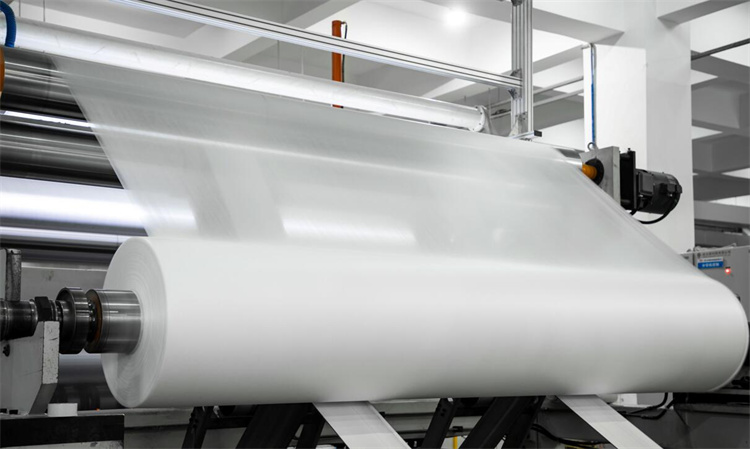


 Email: info@whldiapernonwoven.com
Email: info@whldiapernonwoven.com
 MP/WhatsApp: +86-13599937366
MP/WhatsApp: +86-13599937366
 Manufacturer Address:Room 1105B, Bld M1, Manhattan, Yulongwan, Shimao, Shuanglong Road, Meiling Street, Jinjiang, Fujian, China
Manufacturer Address:Room 1105B, Bld M1, Manhattan, Yulongwan, Shimao, Shuanglong Road, Meiling Street, Jinjiang, Fujian, China